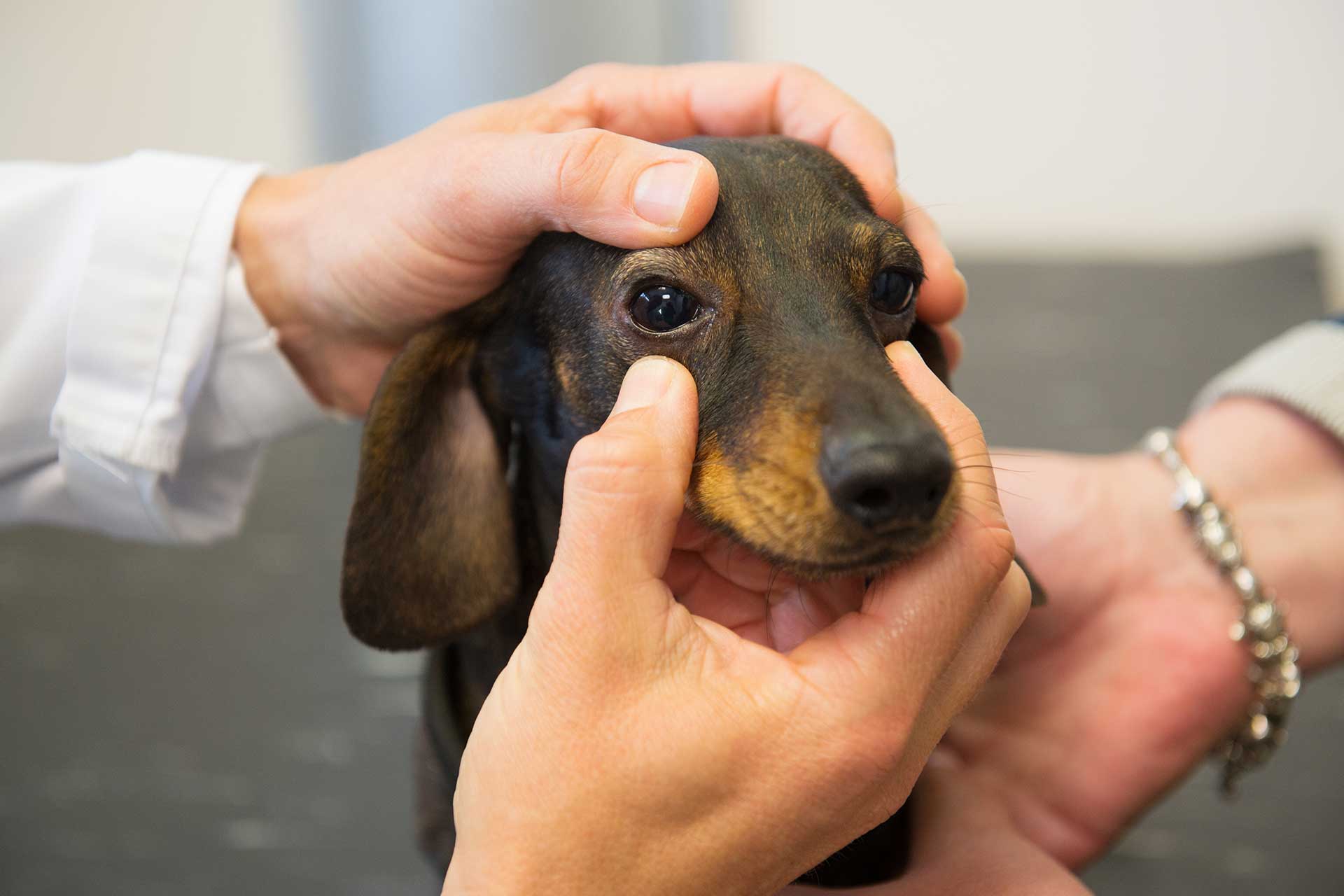You and Your reptile
Owning a reptile has become more and more trendy recently. Having a lizard or a snake was not a popular pet choice for most people. All of this is changing as snakes and lizards have become pets for people from all over the world.
Best reptile for you
There are a few things you need to consider before making your way to the pet store for new edition to the family. For example what kind of lifestyle you have, are you always busy and rarely at home? Do you have a lot of visitors? Would you prefer a lizard or a snake, are you prepared to feed them live worms or even mice?
Now that you have answered a few of the questions let’s have a look, in a bit more detail, the difference between snake care and lizard care.
Snakes
Yes, some snakes are scary, but not all snakes are scary or harmful. Though snakes are neither fluffy nor fuzzy, they are interesting. They do interact with their owners. Not in the same way as mammals and some birds, but they do. Some species make better companions than others.
Getting ready before you bring your snake home
When considering getting a snake, make sure you do some research. You will need to find out the average size, weight and lifespan of your preferred snake. To make things a little easier we will give you the information on the five most popular snakes.
With this information you can make sure to find the right habitat, feeding equipment and accessories to put into the habitat. More than the equipment you need to make sure you are ready for the work that taking care of a snake. Snakes have a longer life span than many mammals and you should make sure you are in a position to take care of the animal.
- The corn snake – these bright snakes are very pretty and fairly docile which makes them perfect for first time snake owners. They vary in size from 61 cm – 182 cm. These snakes live to around 20 years. They are constrictors and eat rodents. As an occasional treat, corn snakes enjoy quail eggs.
- California king snake – this stunning snake is non-venomous and they do not grow very big. You do need to handle them often to keep them from becoming nippy. Once the king snake trusts you they will actually enjoy being handled. King snakes are not terribly fussy eaters, but make sure to check with the breeder and your vet for the best habit and diet. These snakes live for approximately 20 years, if they are healthy.
- The rosy boa – this is an attractive snake, a light background colour and three longitude stripes running along the snake. There are many different colours of rosy boa snakes available. They are constrictors and are generally docile, though they do like to try and escape. Make sure you notify the pet store where you buy your habitat that the habitat will be for a rosy boa. These snakes grow to around 3 feet and live for about 25 years or more. The boa will start on pinkies and eventually eat thawed fully grown mice.
- Gopher snakes – though not as popular as the ball python or corn snakes, the gopher snake is a great beginner snake. They are generally shades of lighter and darker brown. The gopher snake needs an area in its habitat to burrow. The gopher snake grows to around 4 or 5 feet and their life span is up to 15 years.
- Ball python – the heavy bodied shy snake has gained a lot of popularity over recent times. They grow to between 2 – 5 feet and have a long life expectancy. Ball pythons have been bred into an unimaginable range of colour and pattern combinations, but the normal python has brown and tan colouring. The ball python is on the verge of being a good beginner snake but they need more equipment and care than some of the others.
Once you have your snake
When you collect your new cold blooded friend it is a good idea to make an appointment at the Vet. Try to make this as soon as possible. Preferably within the first two days. The vet will carry out a comprehensive examination. The snake will be checked for external parasites, and the fecal matter will be checked for internal parasites. The snake’s mouth will be looked at for infection, and the body is examined for any abnormal lumps or bumps.
The vet will recommend a program to make sure your snake stays parasite free. Your new friend needs to be healthy, take them for annual check-ups and if you have any concerns phone the vet right away.
Do not overwhelm the snake, it will cause anxiety which leads to not eating. Let your snake become accustomed to its environment. The snake will need to get used to you too, put your hand in the tank without trying to grab or touch the snake. In time your scent is familiar and the snake will not feel threatened. With more and more familiarity and handling it becomes easier, and the more you handle the snake, the more it will feel safe with you.
Feeding is another aspect about reptiles. Snakes in general, do not eat tidy ready to go pellets. They eat small rodents, insects or eggs. You need to handle the food to feed the snake. Your local pet shop and vet will be able to advise you on how often to feed your scaly friend during different seasons.
Lizards
Lizards are exotic pets, they come in different colours and from all over the world. Every species has unique qualities and every individual has different traits.
Different lizard species needs different equipment to be comfortable and happy. Make sure to do your research on the different needs, discuss it with your vet or pet shop owner before you make a decision. Habitat, equipment, food and vet appointment all need to be set up before you bring home your new animal. It is difficult to choose the right lizard for you, so we have listed the most popular ones to help you decide.
Leopard Gecko – they are adorable and only grow to the size of your hand. They are a gentle lizard and live for about 10 to 20 years, depending on overall health and environment. They need vitamin D3 supplements and their diet consists of live crickets and meal worms.
- Bearded Dragon – a popular lizard that is easy to care for. They live for up to 15 years and grow to around 24 inches long. This medium sized lizard tolerates handling and in some cases even become affectionate. They do need a large habitat and quite a few accessories. They are omnivores so they eat a varied diet.
- Crested Gecko – the striking crested gecko does not need any special temperature controlling equipment. They can live up to 25 years and they are small at a maximum of 8 inches. They like to climb, so keep this in mind when preparing their habitat. They do not mind being handled and enjoy live insects. It is a good idea to include a calcium supplement in their diet.
- Blue Tongued Skinks – the intelligent, gentle and quiet lizard is fine with being handled. They can be relatively hard to find, and potentially more expensive than the rest of our list. They grow up to 24 inches making them medium sized lizards. You have to support their full body when you handle them. Blue tongued skinks are omnivores. They do require a warm environment and a UVB light.
- Veiled Chameleon – Chameleons are fascinating lizards. The veiled chameleon is a good choice for first time reptile owners. They are easy to care for and grow to a maximum of 24 inches. The lizard lives for less than 10 years. They do not mind being handled but do not overwhelm the lizard by over handling or passing around.
Once your lizard is at home
After bringing your lizard home, let them get used to their new surroundings. You will need to take them to the vet for an assessment as soon as possible. Reptiles carry parasites and sometimes diseases which can be transmitted to humans. There are no current vaccinations for lizards so the annual check-up is very important. Do not rush handling your lizard, let them grow used to the new environment and to your scent. When they are comfortable you can handle them and once you do, make sure to handle them regularly. The more they are touched and petted the more they get used to it. Another benefit to handling your lizard is monitoring its health.
A lot of exotic pets are sold annually, and many of them are then surrendered. Make sure you know the work involved before getting a pet reptile. They are different to mammals and birds. Though all pets have basic maintenance like cleaning the habitat, feeding and health care, there are different schedules and equipment required for reptiles. Speak to your vet about health checks and issues to be aware of before purchasing your snake or reptile pet.



